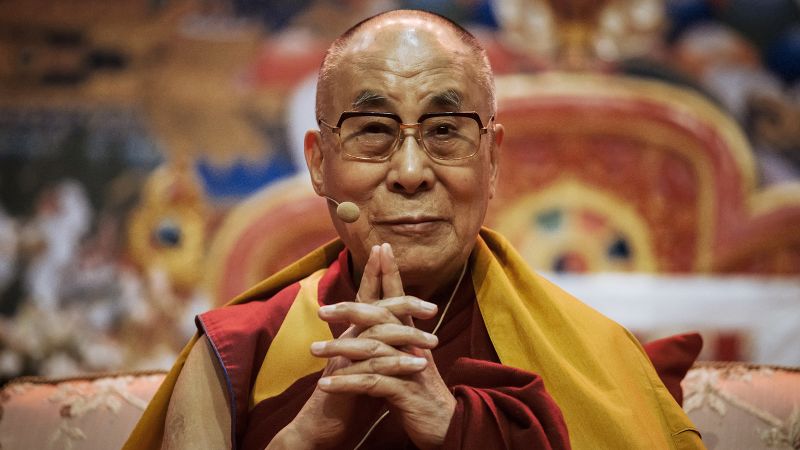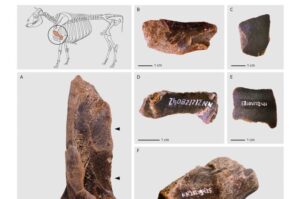
As the Dalai Lama approaches his 90th birthday this Sunday, he is preparing for what may be his final conflict with Beijing: the control over his reincarnation. The spiritual leader, who has long been a symbol of Tibet’s struggle for autonomy under Chinese rule, announced on Wednesday that his office will have the sole authority to identify his successor. “I am affirming that the institution of the Dalai Lama will continue,” he declared in a video message to religious elders in Dharamshala, India, where he has lived in exile since 1959.
The Dalai Lama’s announcement comes at a time when the Chinese Communist Party, which has grown increasingly assertive in its suppression of Tibetan culture, insists that it alone has the authority to approve the next Dalai Lama. This clash over spiritual succession has significant implications for Tibetan Buddhism and the geopolitical stability of the Himalayan region.
The Spiritual and Political Battle
The cycle of rebirth is central to Tibetan Buddhism, where revered spiritual masters like the Dalai Lama are believed to choose their rebirths guided by compassion. However, the reincarnation of the Dalai Lama has become a contentious issue, with Beijing determined to assert its control over this ancient tradition. The Dalai Lama, a Nobel Peace laureate, has urged Tibetans and followers worldwide to reject any candidate selected by Beijing, emphasizing that his successor will be born in the “free world” outside China.
Beijing brands the current Dalai Lama a “separatist” and accuses him of inciting unrest. However, the Dalai Lama has consistently advocated for a “middle way” approach, seeking genuine autonomy for Tibet rather than full independence. This nonviolent stance has garnered international support but has also faced criticism from younger Tibetans in exile, who view it as overly conciliatory.
Historical Context and Current Challenges
The Dalai Lama, born Tenzin Gyatso, was only 15 when Chinese troops entered Tibet in 1950. The Communist Party claims it “liberated” Tibet from “feudal serfdom,” but many Tibetans view it as an invasion. The resistance culminated in a failed uprising in 1959, leading to the Dalai Lama’s escape to India. Since then, he has become a symbol of Tibetan identity and resistance.
Over the decades, Beijing has attempted to discredit the Dalai Lama and erase his influence, while cultivating Tibetan lamas loyal to its rule. The most notable example is the Panchen Lama, traditionally a key figure in recognizing the Dalai Lama’s reincarnation. In 1995, Beijing installed its own Panchen Lama, disregarding the Dalai Lama’s choice, who has since disappeared from public view.
Expert Opinions and Future Implications
Experts believe Beijing will attempt to interfere in the Dalai Lama’s succession, potentially leading to two rival Dalai Lamas: one chosen by the Dalai Lama’s followers and another by the Communist Party. Thupten Jinpa, the Dalai Lama’s longtime translator, dismisses this possibility as “tragic” and “kind of a joke,” emphasizing that any candidate appointed by Beijing will lack legitimacy.
The search for a Dalai Lama’s reincarnation is a complex process, involving spiritual signs, oracles, and tests for young candidates. Historically, Dalai Lamas have been found outside Tibet, including in Mongolia and India. If the next Dalai Lama is identified as a young child, it could take decades before he assumes leadership, a period Beijing might exploit to promote its own candidate.
Preserving Tibetan Culture and Identity
In preparation for a future without him, the Dalai Lama has focused on strengthening the Tibetan movement and fostering democracy within the exile community. In 2011, he transferred political power to the democratically elected leader of the Tibetan government-in-exile, retaining only his spiritual role. This transition aims to ensure Tibetans can sustain their movement independently.
Under Xi Jinping, Beijing has intensified efforts to assimilate ethnic minorities and align religion with Communist Party values. Reports of closed Tibetan language schools and forced attendance at public boarding schools have raised concerns about cultural assimilation. Meanwhile, the Dalai Lama’s global influence appears to be waning, as his age limits his ability to travel and engage with world leaders.
Despite these challenges, many Tibetans remain hopeful. Jinpa emphasizes the importance of maintaining the Dalai Lama institution and finding ways to establish a secure footing for Tibetans. “If we can get our act together and the Dalai Lama institution continues with a new Dalai Lama being discovered, the power of the symbol will be maintained,” he said.





